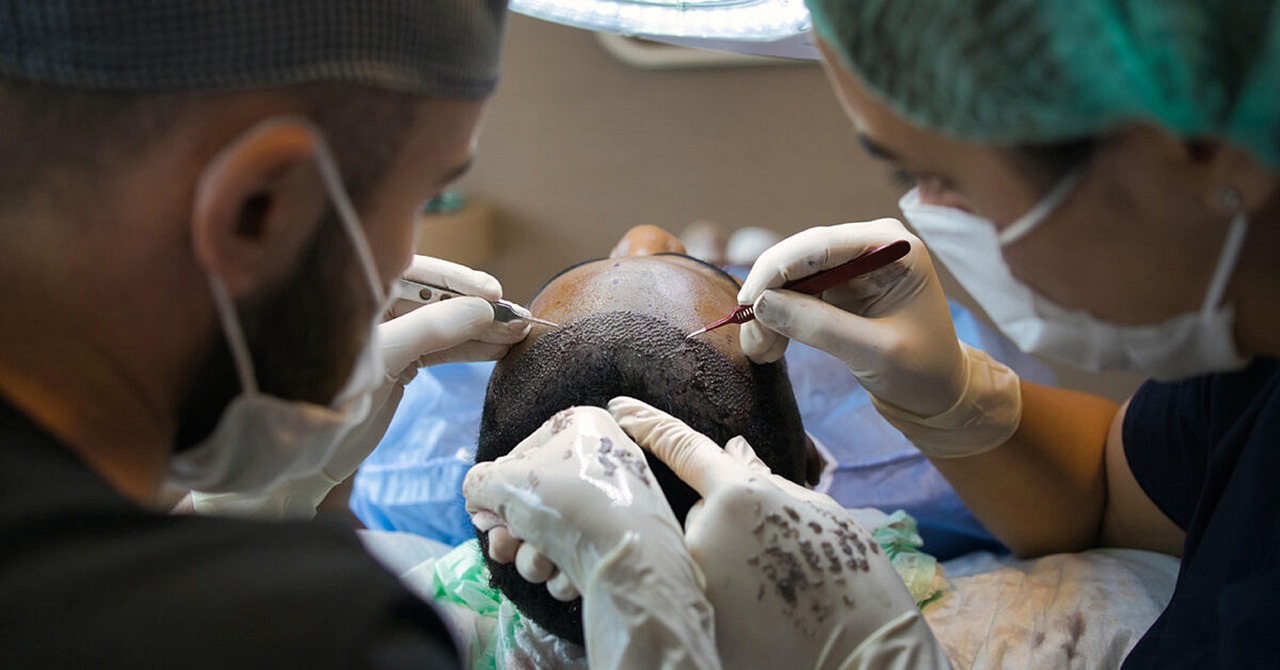Aortic Valve Replacement: Your Complete Treatment Guide
Aortic valve replacement is a critical procedure for treating heart valve disease, and understanding the process can help patients and families prepare effectively. This guide covers key aspects, including the types of valves, surgical approaches, recovery expectations, and factors that can influence outcomes and overall heart health.

What Is a Complete Guide to Aortic Valve Replacement Surgery?
Aortic valve replacement surgery involves removing a damaged or diseased aortic valve and replacing it with either a mechanical or biological substitute. This procedure becomes necessary when the valve either doesn’t open properly (aortic stenosis) or doesn’t close completely (aortic regurgitation). The surgery can be performed through traditional open-heart surgery or minimally invasive techniques, depending on your specific condition and overall health status.
During the procedure, surgeons access your heart through the chest wall, temporarily stop your heart, and use a heart-lung machine to maintain circulation. The damaged valve is carefully removed, and the new valve is sutured into place. Recovery typically involves several days in the hospital, followed by weeks of gradual activity increase under medical supervision.
Understanding Aortic Valve Replacement Types and Options
Several replacement options are available, each with distinct characteristics suited to different patient needs. Mechanical valves, made from durable materials like titanium and carbon, can last a lifetime but require lifelong blood-thinning medication to prevent clots. These valves produce a slight clicking sound that most patients adapt to over time.
Biological valves, also called tissue valves, come from pig or cow tissue or donated human valves. While they don’t require long-term blood thinners, they typically last 10-20 years before potentially needing replacement. For younger patients, this might mean future surgeries, while older patients may never need another replacement.
Transcatheter aortic valve replacement (TAVR) represents a newer, less invasive option where the replacement valve is inserted through a catheter, often via the leg artery. This approach works well for high-risk patients or those unsuitable for traditional surgery, offering shorter recovery times and reduced surgical trauma.
Evaluating Aortic Valve Replacement Risks and Benefits
Like all major surgeries, aortic valve replacement carries both significant benefits and potential risks that require careful consideration. The primary benefit is dramatic improvement in heart function, often eliminating symptoms like shortness of breath, chest pain, and fatigue that severely impact quality of life. Most patients experience substantial improvement in their ability to exercise and perform daily activities.
However, surgical risks include bleeding, infection, stroke, and heart rhythm problems. The risk level varies based on your age, overall health, and the specific surgical approach chosen. Mechanical valves carry the ongoing risk of bleeding complications from required blood thinners, while biological valves may eventually require replacement surgery.
Long-term success rates are generally excellent, with most patients experiencing significant symptom relief and improved life expectancy. Your cardiac team will thoroughly evaluate your individual risk factors and help you understand how these general risks apply to your specific situation.
| Hospital System | Estimated Surgery Cost | TAVR Procedure Cost | Key Specialties |
|---|---|---|---|
| Mayo Clinic | $150,000 - $200,000 | $175,000 - $225,000 | Complex cases, research programs |
| Cleveland Clinic | $140,000 - $190,000 | $165,000 - $210,000 | Minimally invasive techniques |
| Johns Hopkins | $145,000 - $195,000 | $170,000 - $220,000 | High-risk patient care |
| Mount Sinai | $135,000 - $185,000 | $160,000 - $205,000 | TAVR specialization |
Prices, rates, or cost estimates mentioned in this article are based on the latest available information but may change over time. Independent research is advised before making financial decisions.
Preparing for Your Valve Replacement Journey
Successful aortic valve replacement requires thorough preparation and realistic expectations about recovery. Your medical team will conduct extensive testing, including echocardiograms, cardiac catheterization, and lung function tests to determine the best surgical approach. Pre-surgical preparation often includes optimizing other health conditions, adjusting medications, and sometimes improving fitness levels.
Recovery varies significantly based on the surgical approach chosen. Traditional surgery typically requires 6-8 weeks for initial recovery, while TAVR patients often go home within 1-3 days. Cardiac rehabilitation programs play a crucial role in helping patients regain strength and confidence in their heart’s improved function.
Understanding the timeline and expectations helps patients and families prepare emotionally and practically for the journey ahead. Most patients find that the temporary challenges of surgery and recovery are well worth the long-term improvements in heart function and quality of life.
Making the Right Choice for Your Heart Health
Choosing the right treatment approach depends on multiple factors including your age, lifestyle, other health conditions, and personal preferences about long-term medication requirements. Working closely with an experienced cardiac surgery team ensures you receive personalized recommendations based on the latest evidence and your individual circumstances.
The decision between valve types often involves trade-offs between durability and medication requirements. Younger patients might prefer mechanical valves despite needing blood thinners, while older patients often choose biological valves to avoid medication complications. Your surgeon will help you weigh these considerations carefully.
Regular follow-up care remains essential regardless of which valve type you choose, ensuring your replacement valve continues functioning optimally and addressing any concerns promptly. Most patients find that proper preparation, realistic expectations, and committed follow-up care lead to excellent long-term outcomes and dramatically improved quality of life.
This article is for informational purposes only and should not be considered medical advice. Please consult a qualified healthcare professional for personalized guidance and treatment.




